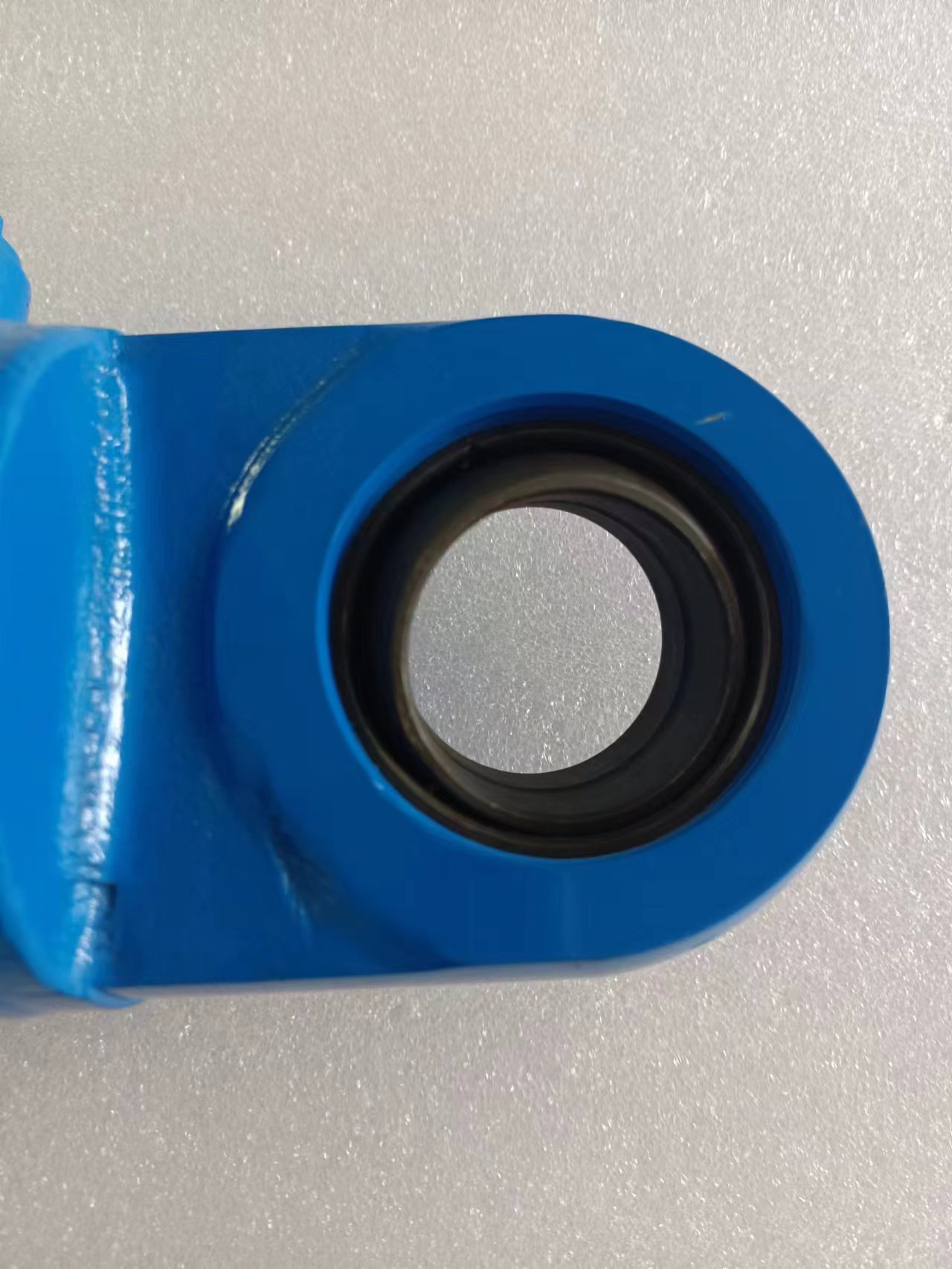Nov . 27, 2024 20:16 Back to list
Exploring Innovations in High-Quality Hydraulic Cylinder Manufacturing and Applications
The High-Quality Hydraulic Cylinder Industry An Overview
In the world of industrial machinery, hydraulic cylinders play an essential role in various applications, from manufacturing and construction to automotive and aerospace. As these industries continue to evolve, the demand for high-quality hydraulic cylinders has surged, prompting manufacturers to focus on innovation, precision engineering, and durability. This article explores the dynamics of the high-quality hydraulic cylinder industry, including its applications, key manufacturing processes, market trends, and future prospects.
Applications of Hydraulic Cylinders
Hydraulic cylinders are force generation devices used in a variety of machinery. In construction, they are crucial for operating equipment like excavators, backhoes, and forklifts. In manufacturing, they facilitate processes such as metal forming and automation machinery. The automotive sector relies on hydraulic cylinders for assembly line operations and braking systems. Additionally, aerospace applications utilize hydraulic cylinders in aircraft controls, landing gears, and more.
The versatility of hydraulic cylinders makes them indispensable across multiple sectors. As industries strive for increased efficiency and productivity, the demand for reliable and high-performance cylinders grows in tandem.
Key Manufacturing Processes
The production of high-quality hydraulic cylinders involves several key manufacturing processes. These include
1. Material Selection The choice of materials is critical. High-strength steel and aluminum alloys are commonly used due to their excellent strength-to-weight ratios and resistance to extreme conditions.
2. Precision Machining CNC (Computer Numerical Control) machining allows for precise shaping and sizing of cylinder components. High precision is essential to ensure optimal performance and reduce wear and tear.
3. Surface Treatment Protective coatings and treatments, such as hard anodizing or chrome plating, enhance the durability of hydraulic cylinders. These processes help prevent corrosion and extend the life of the cylinders.
4. Assembly and Testing After manufacturing, cylinders are meticulously assembled and undergo rigorous testing. This includes hydrostatic testing to check for leaks and performance testing under varying conditions to ensure reliability and safety.
high quality hydraulic cylinder industry

5. Quality Assurance Quality management systems are integral to the manufacturing process. They involve continuous monitoring and improvement to adhere to industry standards, ensuring that each hydraulic cylinder produced meets or exceeds customer expectations.
Market Trends and Challenges
The hydraulic cylinder industry has witnessed several trends that shape its landscape. One prominent trend is the increasing adoption of automation and smart technologies, leading to the development of IoT-enabled hydraulic systems. These innovations allow for real-time monitoring and predictive maintenance, ultimately improving efficiency and reducing downtime.
Another trend is the growing emphasis on sustainability. Manufacturers are exploring eco-friendly materials and energy-efficient designs to meet the demands of environmentally conscious consumers and regulatory bodies.
However, the industry also faces challenges, such as fluctuating material costs and supply chain disruptions. Additionally, competition from emerging economies can put pressure on pricing and innovation.
Future Prospects
Looking ahead, the high-quality hydraulic cylinder industry is poised for growth. The global push for infrastructure development, especially in emerging markets, will continue to drive demand for hydraulic cylinders. Furthermore, advancements in technology, such as the integration of artificial intelligence and machine learning in hydraulic systems, promise to revolutionize performance and reliability.
As manufacturers invest in research and development, the focus will likely shift towards creating more efficient, durable, and smart hydraulic solutions. By embracing innovation and sustainability, the industry can not only meet current market demands but also pave the way for a more resilient future.
Conclusion
In summary, the high-quality hydraulic cylinder industry is a vital component of numerous sectors, characterized by its diverse applications and the continuous pursuit of innovation. With ongoing advancements in manufacturing processes and an increasing demand for smart and sustainable solutions, the industry is set for significant growth. By understanding the trends and challenges ahead, manufacturers can position themselves strategically in this dynamic market, ensuring continued success and contribution to global industrial advancement.
-
Fork Lift Power Units - Hebei Shenghan | Efficiency, Reliability
NewsJul.13,2025
-
1.5-Ton Turbocharged Cylinder-Hebei Shenghan|Hydraulic Solution,Energy Efficiency
NewsJul.13,2025
-
Auto Hoist Power Units-Hebei Shenghan|Efficiency&Industrial Lifting
NewsJul.13,2025
-
Double Acting Power Units-Hebei Shenghan|Hydraulic Solutions,Industrial Efficiency
NewsJul.13,2025
-
1.5 Ton Lifting Cylinder 70/82-40-290-535 - High-Performance Hydraulic Solution | Hebei Shenghan
NewsJul.13,2025
-
Fork Lift Power Units - Hebei Shenghan | Efficiency&Reliability
NewsJul.13,2025
